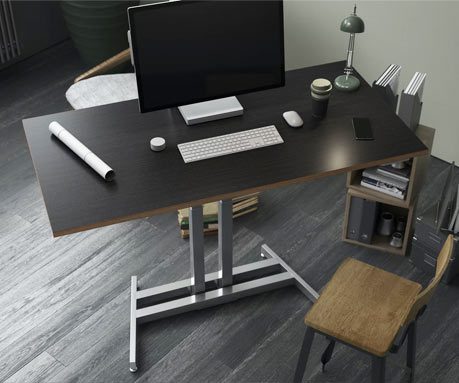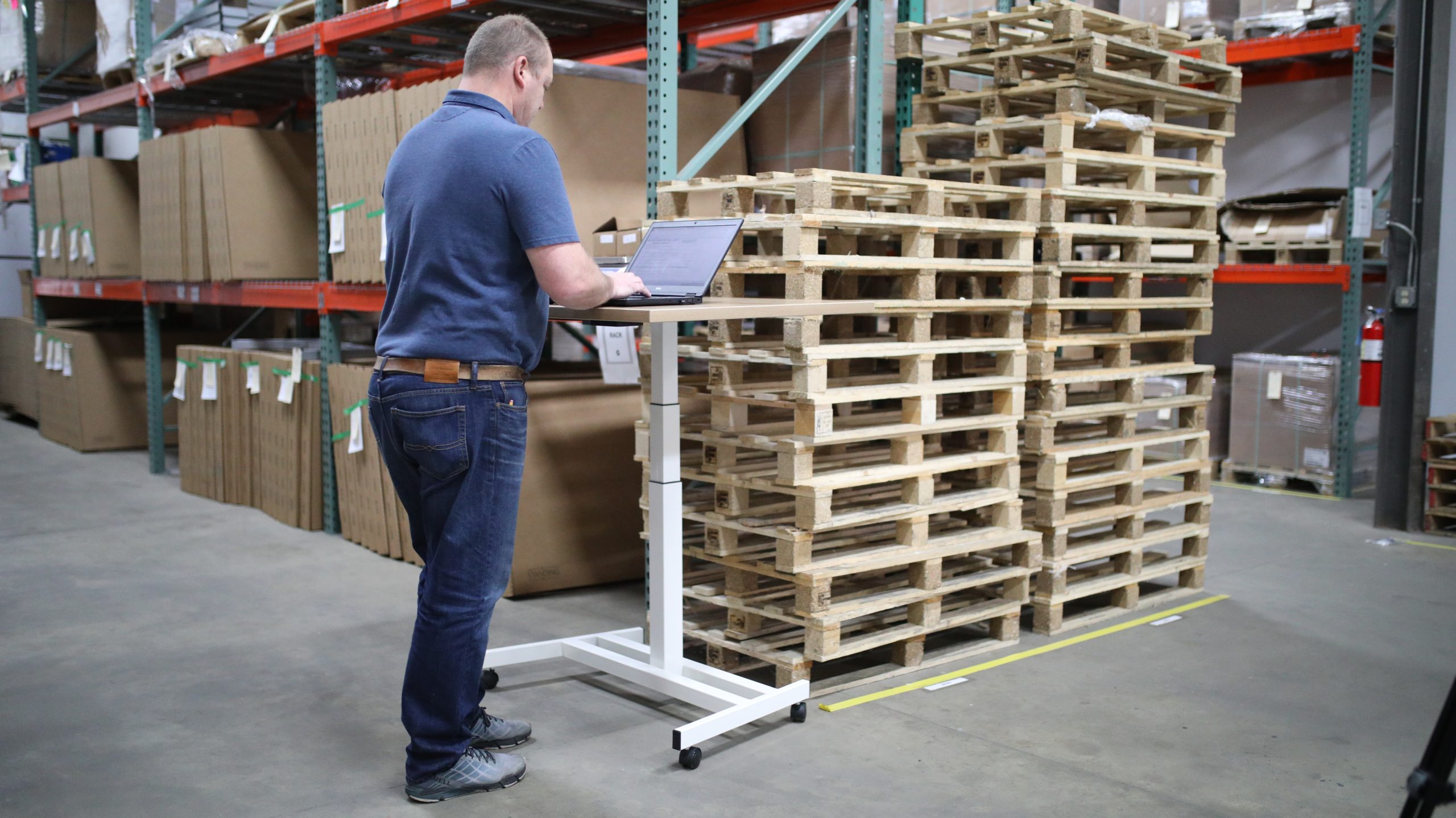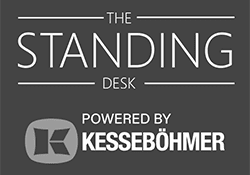The Link Between Standing Desks and Back Pain
Back pain is a common problem that can have a significant impact on quality of life. It can be caused by a variety of factors, including poor posture, physical activity, and underlying medical conditions. One potential solution that has gained popularity in recent years is the use of standing desks.
Standing desks, also known as sit-stand desks, can be adjusted to allow a person to either sit or stand while working. They have become increasingly popular as a way to combat the negative effects of sitting for long periods of time, which have been linked to a variety of health problems, including back pain.
But can standing desks actually help alleviate back pain? The answer may be more complex than you think.
Standing Desks Support Good Posture
Poor posture is a common cause of back pain, and sitting in a chair for long periods of time can lead to poor posture due to the lack of support for proper alignment. By standing at a desk, it can be easier to maintain good posture and reduce the risk of back pain.
However, it’s important to note that simply standing at a desk is not a guarantee of good posture. It’s still possible to slouch or stand in an awkward position while using a standing desk. To get the most benefit, it’s important to pay attention to proper posture while standing, including:
- keeping your feet shoulder-width apart
- engaging your core muscles
- avoiding leaning on one side or the other
Standing Desks Encourage Movement
When sitting for long periods of time, it’s easy to become sedentary and not move much, which can lead to muscle imbalances and back pain. Standing desks can help encourage movement, as it’s natural to shift positions and move around while standing. This can help reduce the risk of muscle imbalances and back pain.
Can a Standing Desk Cure Back Pain?
Truthfully, standing desks are not a cure-all for back pain. In some cases, standing for long periods of time can actually exacerbate back pain, especially if the desk is not set up properly or the user has underlying medical conditions. For example, standing on a hard surface like concrete for an extended period of time can put added strain on the feet, ankles, and lower back, leading to increased pain. It’s important to consider the use of a standing desk as part of a larger approach to managing back pain, rather than a complete solution.
Getting the Most from Your Standing Desk
So, what can you do to get the most benefit from a standing desk? Here are a few tips:
- Start gradually: If you’re new to standing desks, it’s important to start gradually and build up your endurance. Try standing for a few minutes at a time and gradually increase the amount of time you stand each day.
- Take breaks: It’s important to take breaks and sit down periodically, especially if you’re new to standing desks. This can help reduce the risk of fatigue and muscle strain.
- Use a cushion or mat: Standing on a hard surface for an extended period of time can be uncomfortable and lead to increased pain. Consider using a cushion or mat to provide added support and cushioning for your feet and lower back.
- Adjust your desk: Make sure your standing desk is properly adjusted to your height to ensure good posture and reduce the risk of strain.
- Pay attention to your posture: As mentioned earlier, good posture is key to getting the most benefit from a standing desk. Pay attention to your posture while standing and make adjustments as needed to maintain good alignment.
The connection between standing desks and back pain is complex but important to understand for getting back pain relief and the most out our your standing desk.










